Which are the Best Online & Offline Drone Piloting Course Options for Agriculture Drone Pilot Training?
The agriculture sector has been a major contributor to the Indian economy for a long time. However, a growing population, decreasing arable
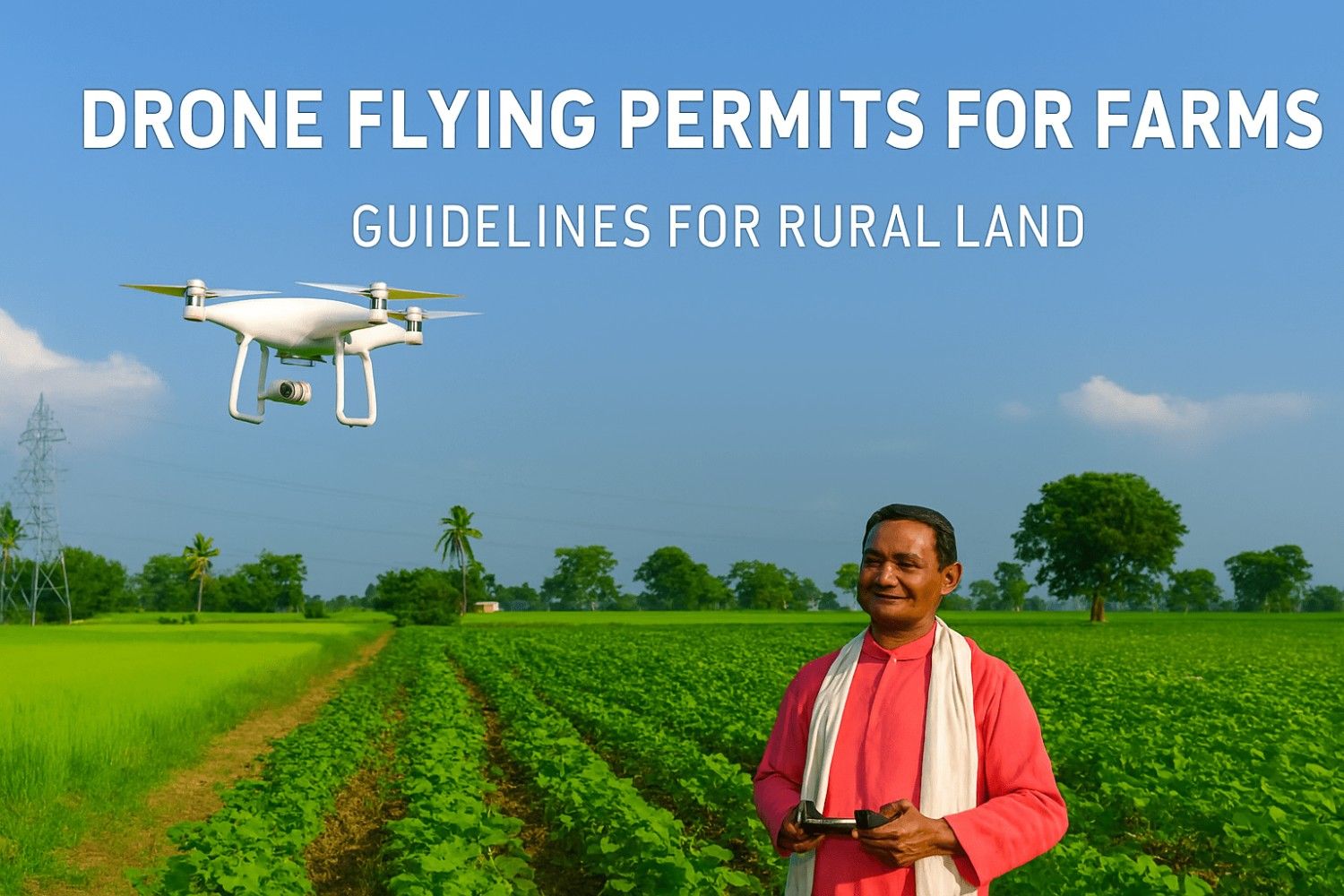
Like many industries in India, the agricultural industry is greatly benefiting from the advent of drone technology. Initially, drones were primarily used by the military, but over time, this technology has also made its presence felt in agriculture. Talking about agriculture in India, it is mainly practiced in the rural parts of the country. With increasing awareness about this technology, farmers are embracing it and also reaping the benefits.
It is also essential to abide by all the rules and protocols established by the DGCA, as well as the Indian government, for the effective and legal operation of drones for agriculture. This blog will present guidelines and facts for getting permission to fly drones over rural land.
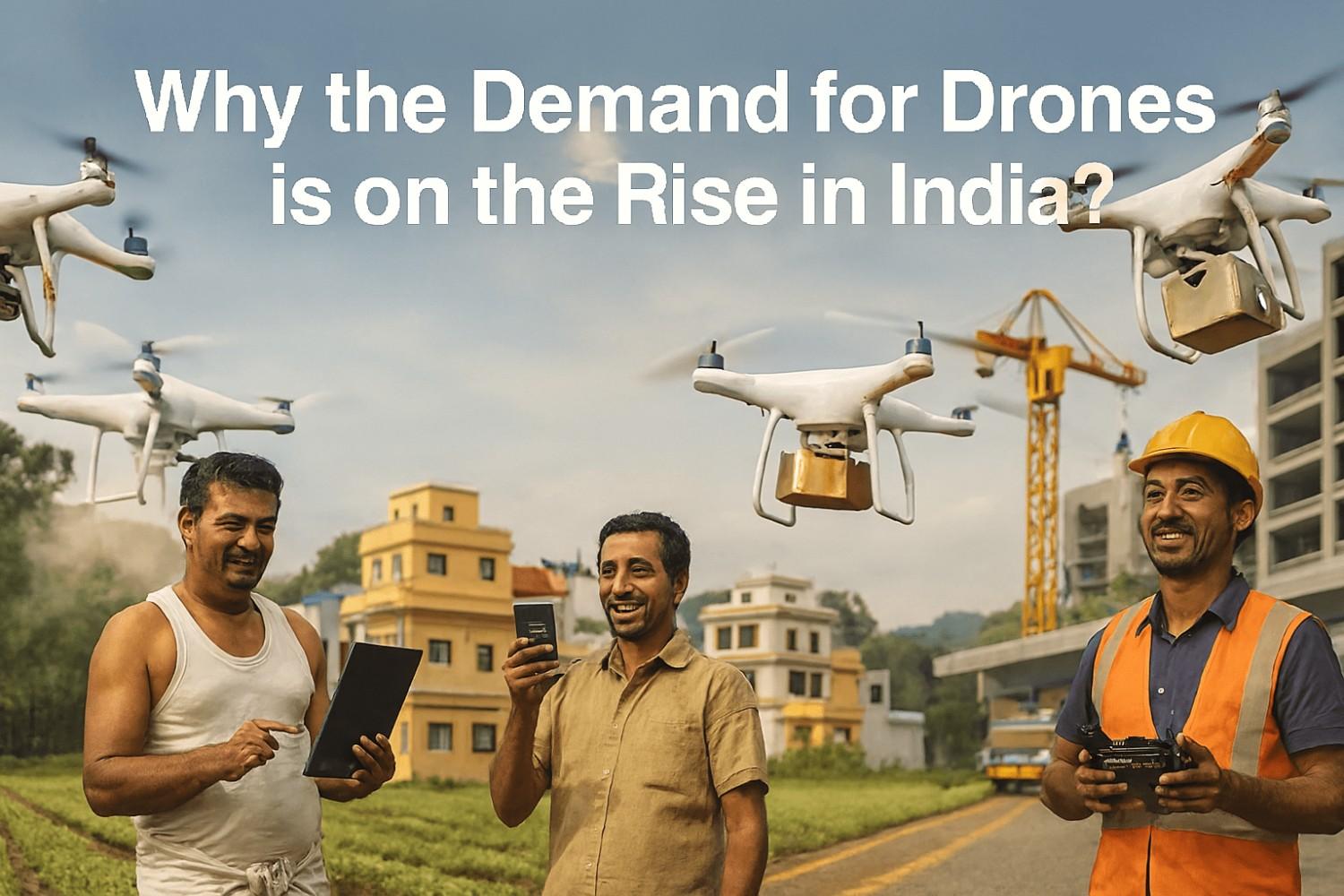
Drones can help farmers save a significant amount of time and reduce use of fertilizer and pesticides. Apart from that, spraying pesticides using drones protects farmers' health, as they evade direct contact with chemicals. It is because of all these reasons that the farmers are getting inclined toward the use of drones for agricultural processes.
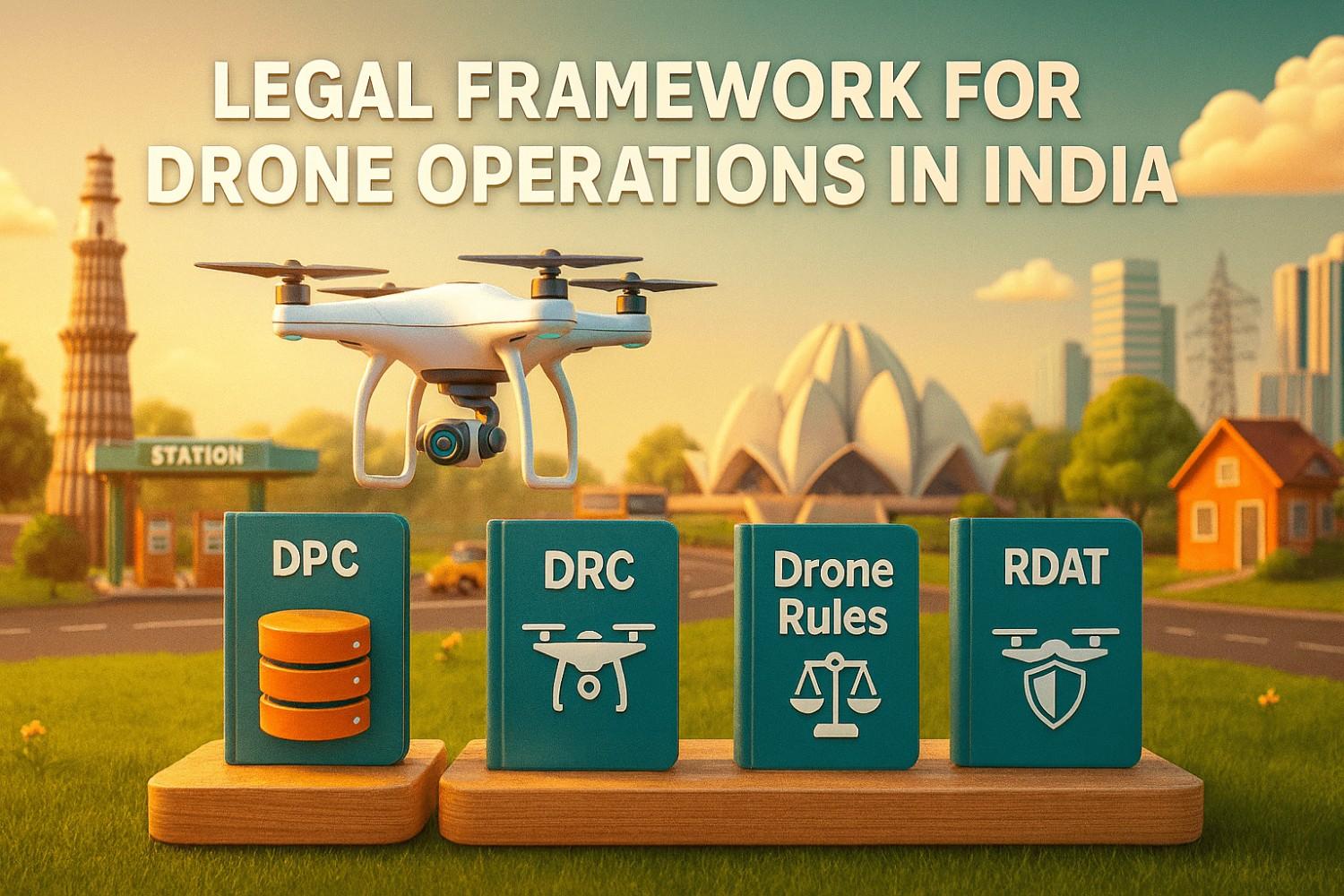
The Ministry of Civil Aviation and the DGCA establish drone operation regulations in India. The "Drone Rules 2021," implemented in August 2021, have simplified procedures for farmers and rural users. These rules require farmers to register their drones on the Digital Sky platform.
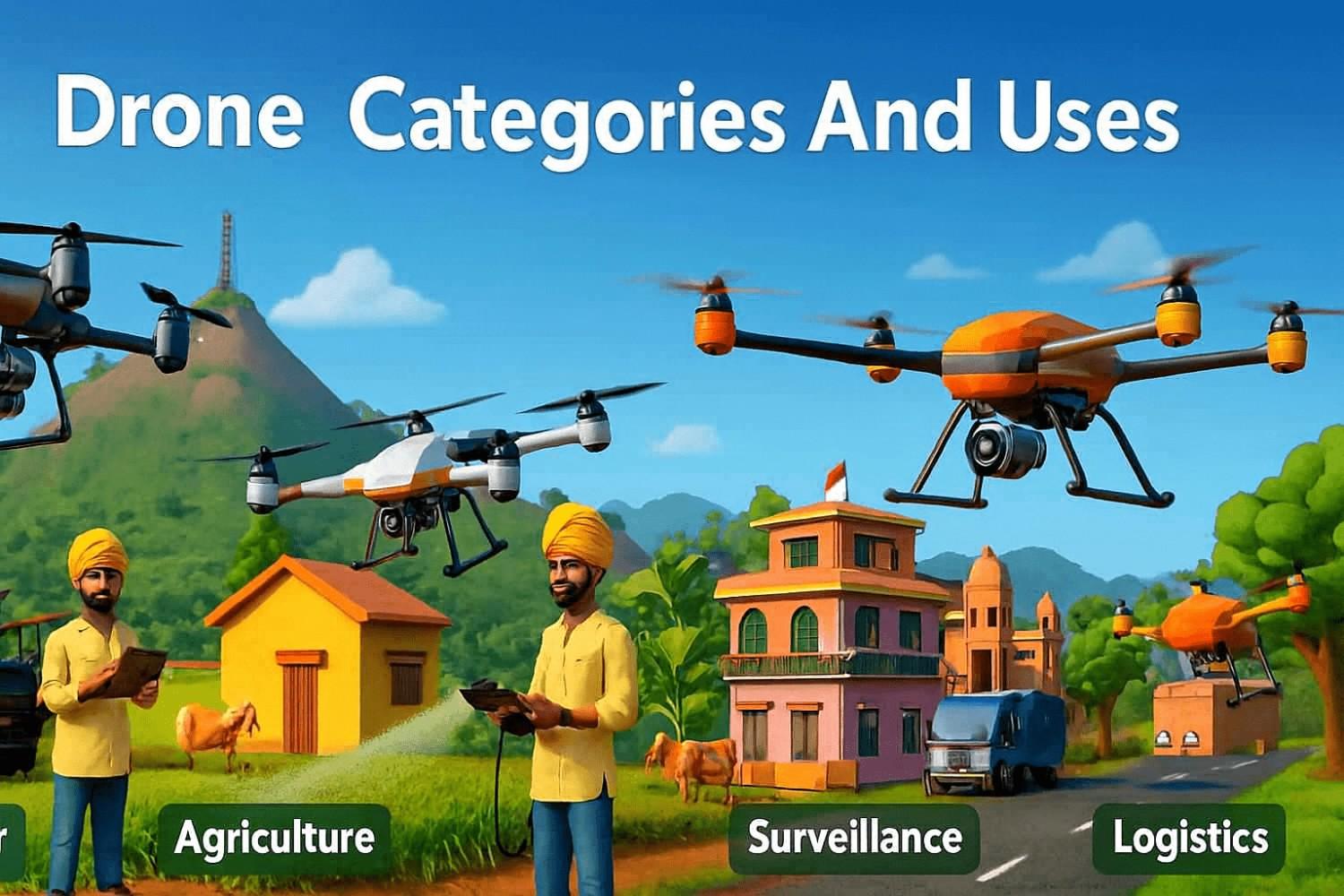
Nano Drones (up to 250 grams): There is no need for any sort of permission to fly these drones, which are commonly used on small farms.
Micro Drones (250 grams to 2 kilograms): These drones are used for spraying pesticides and for monitoring purposes.
Small Drones (2 kilograms to 25 kilograms): These are used for large farms and performing commercial agricultural operations.
Medium and Large Drones: These types of drones are used in industrial-scale and specialized projects.
Micro and small drones are the most prevalent types used in agriculture because they meet farmers' requirements in terms of both cost and capacity.
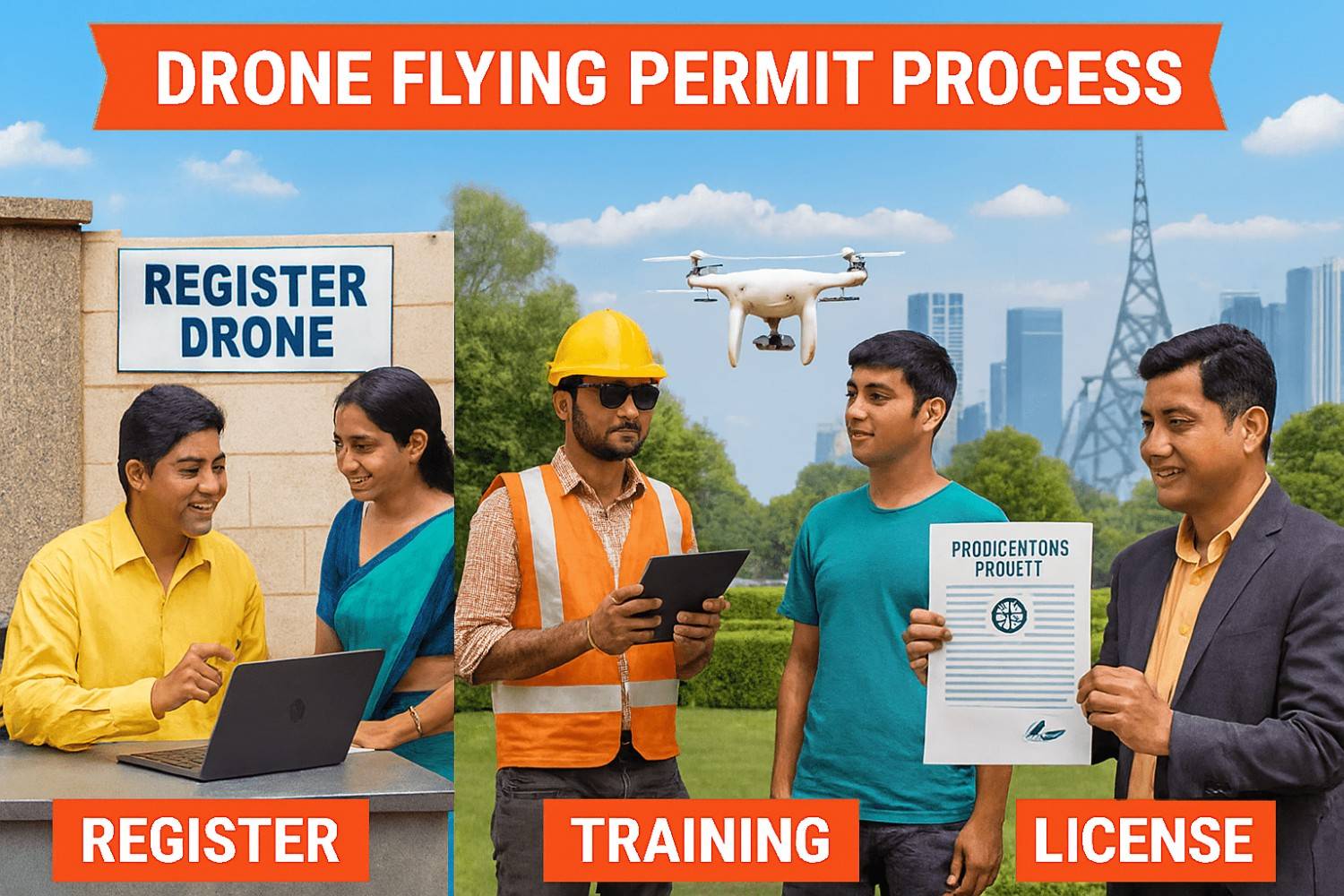
Farmers should follow the entire process to fly drones over rural land:
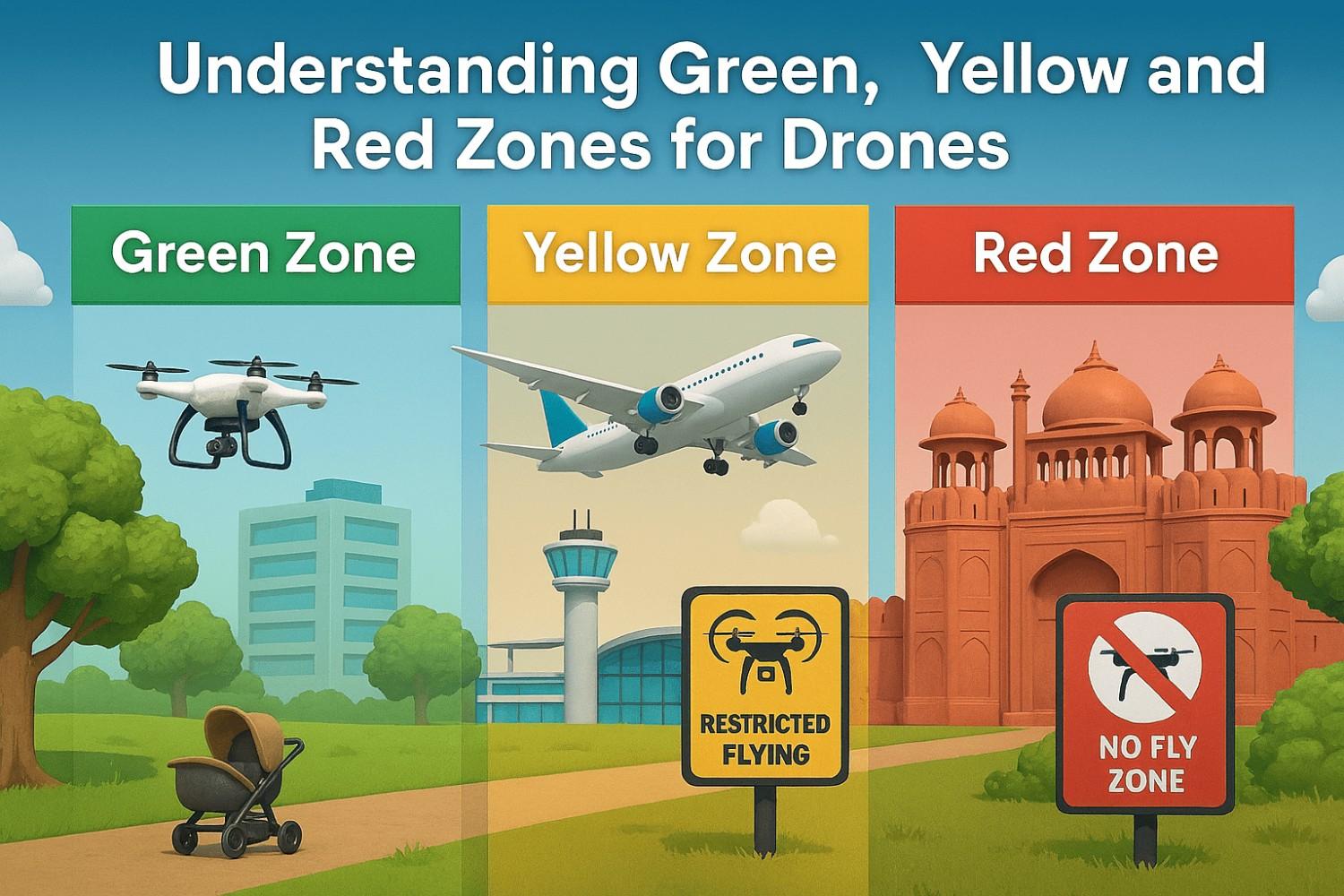
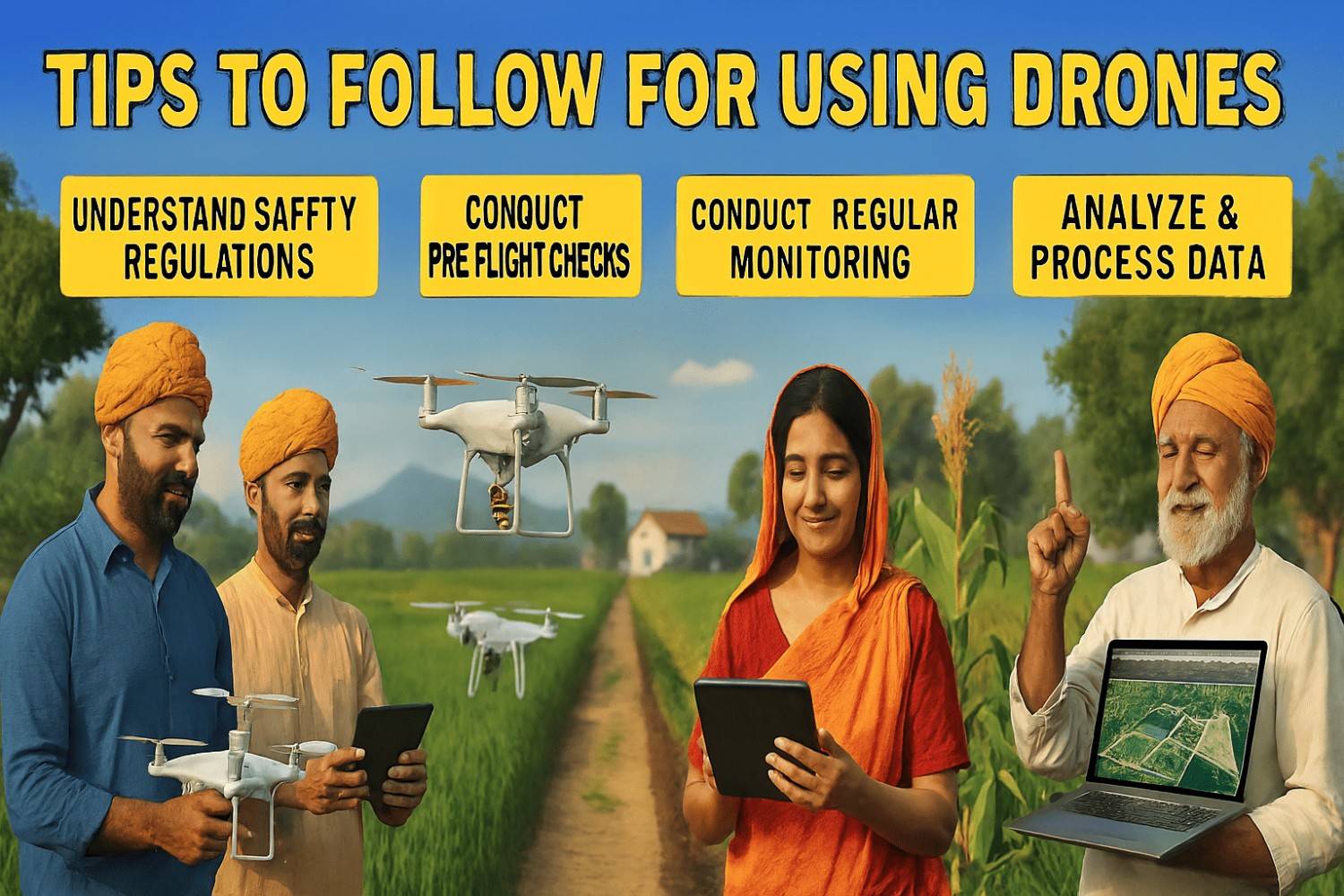
Now, let us look at some of the simple guidelines for farmers to follow for using drones:
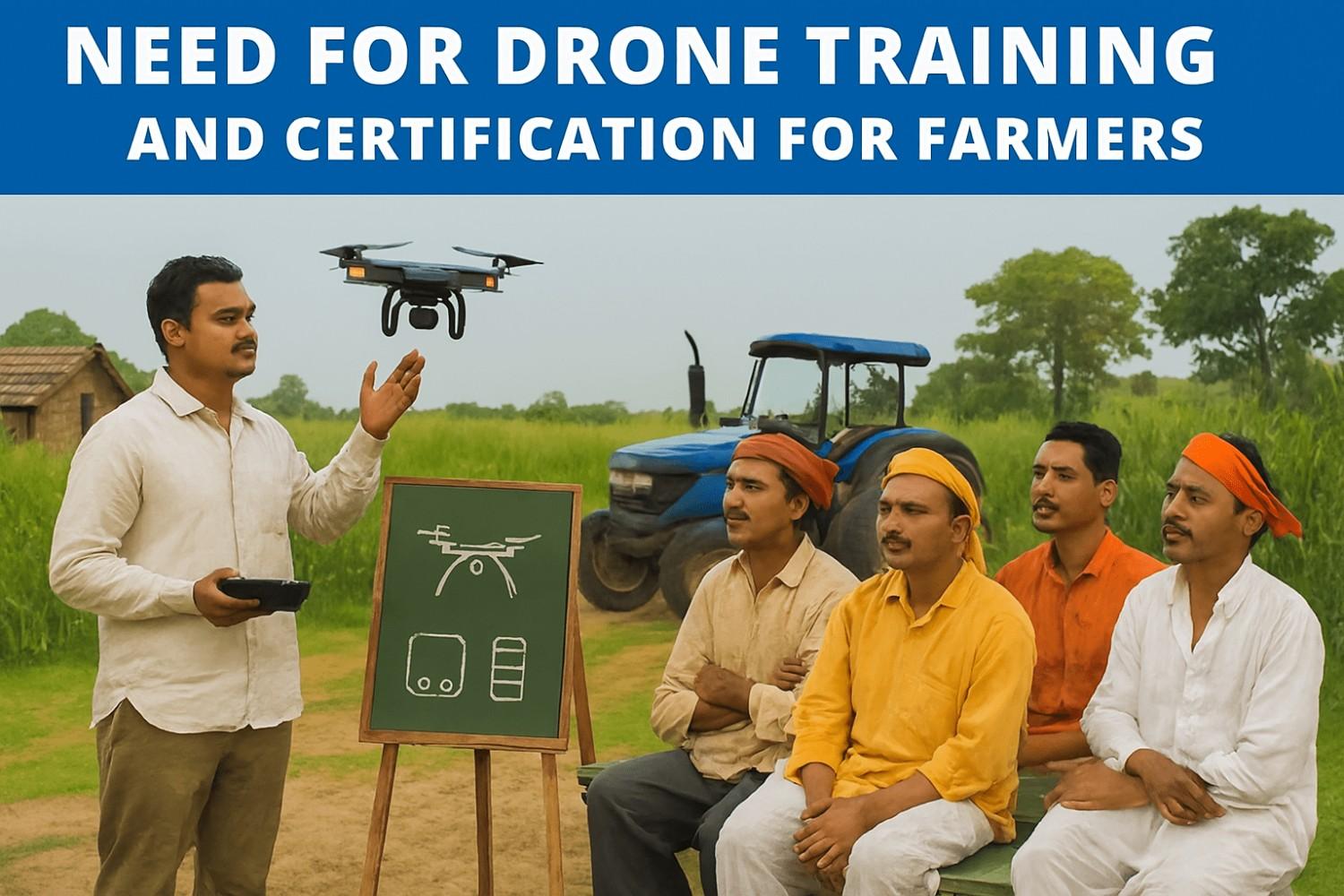
There are more than 30 DGCA-accredited training centres in India. The training lasts 5 to 7 days. The training covers flight safety, technical infrastructure, the permitting process on the Digital Sky platform and the practical use of drones in agriculture.
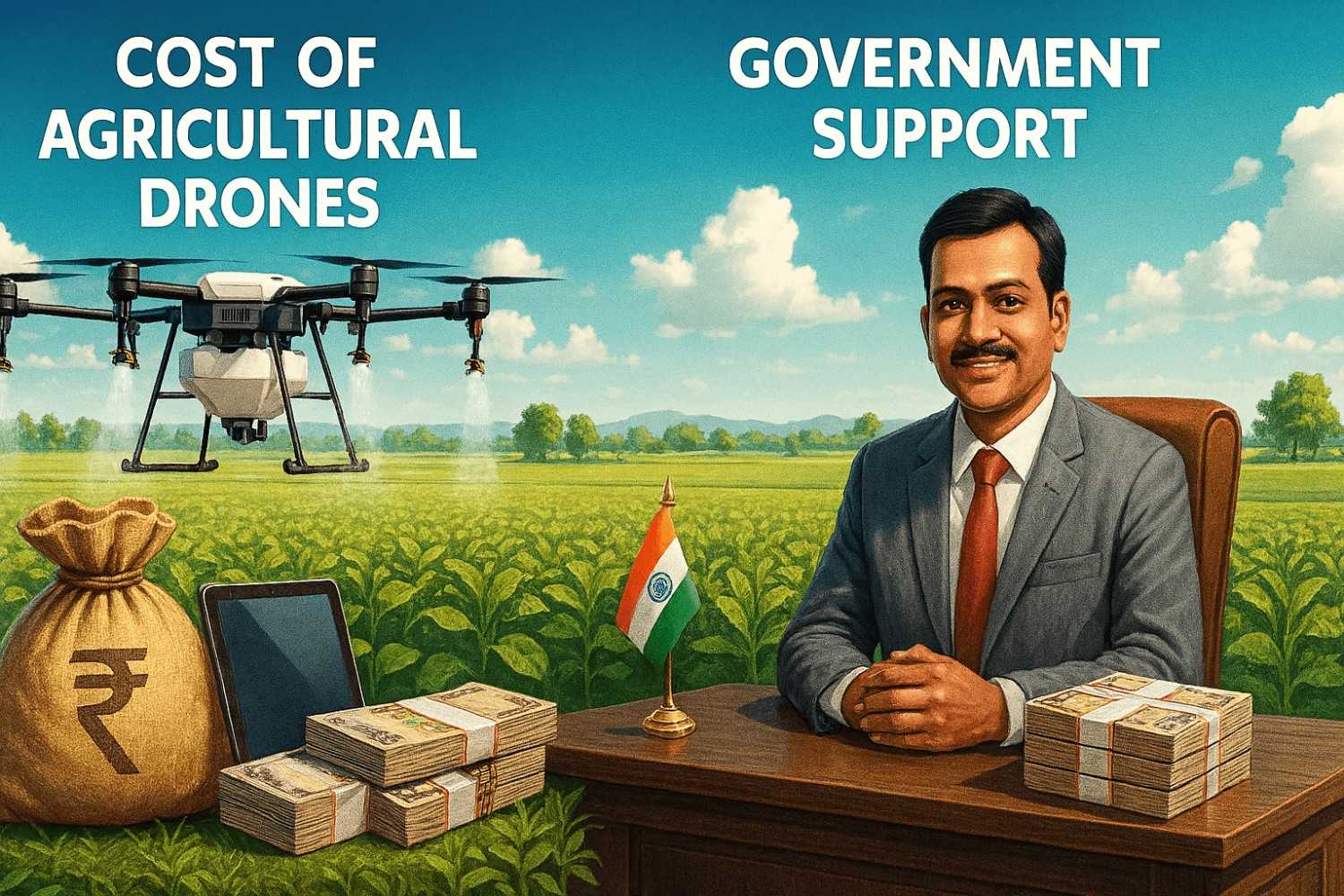
Regarding the cost of the agricultural drone, it ranges from approximately 1.5 lakh to 10 lakh, depending on its size and features.
The government has launched schemes to facilitate farmers to get their hands on agricultural drones:
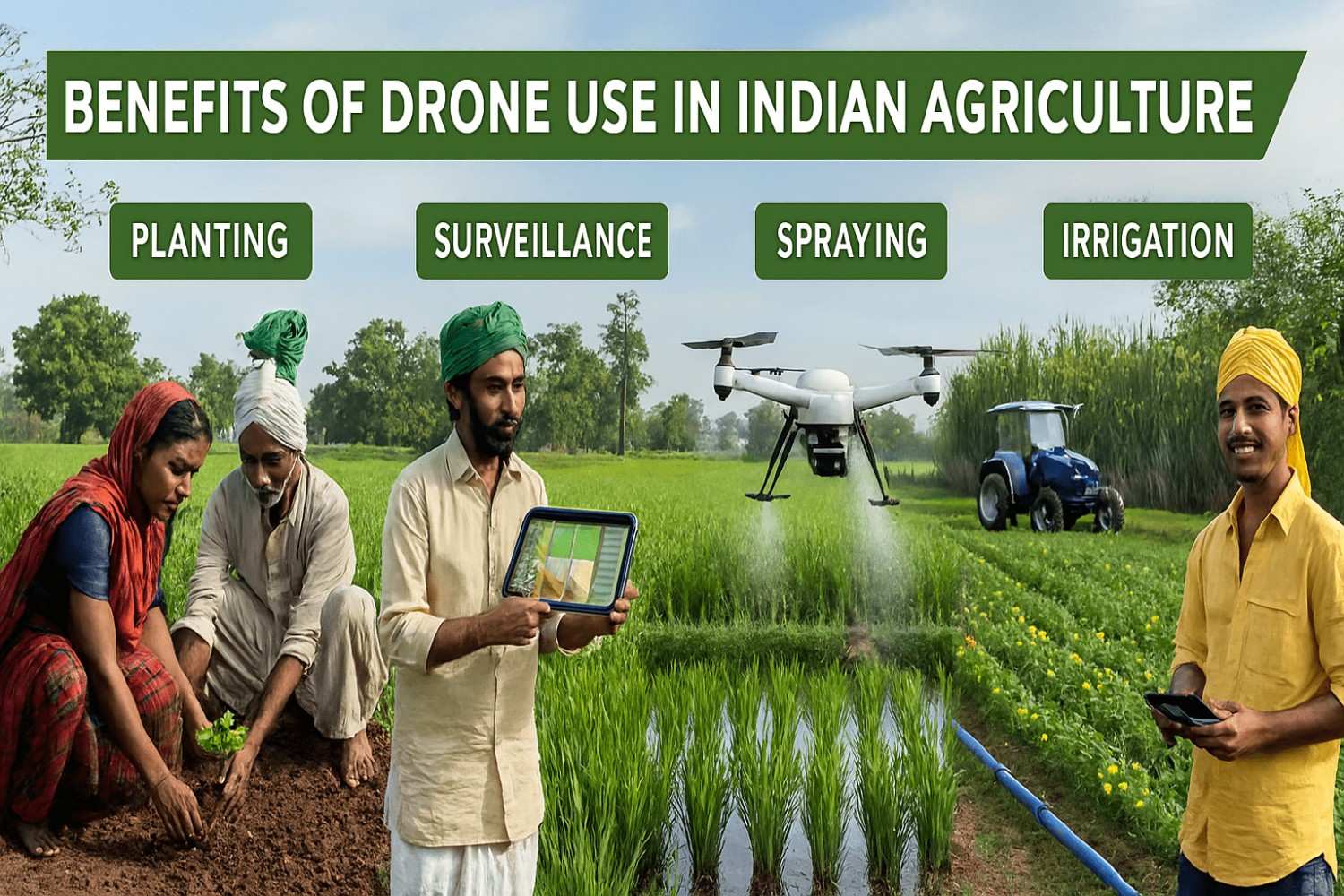
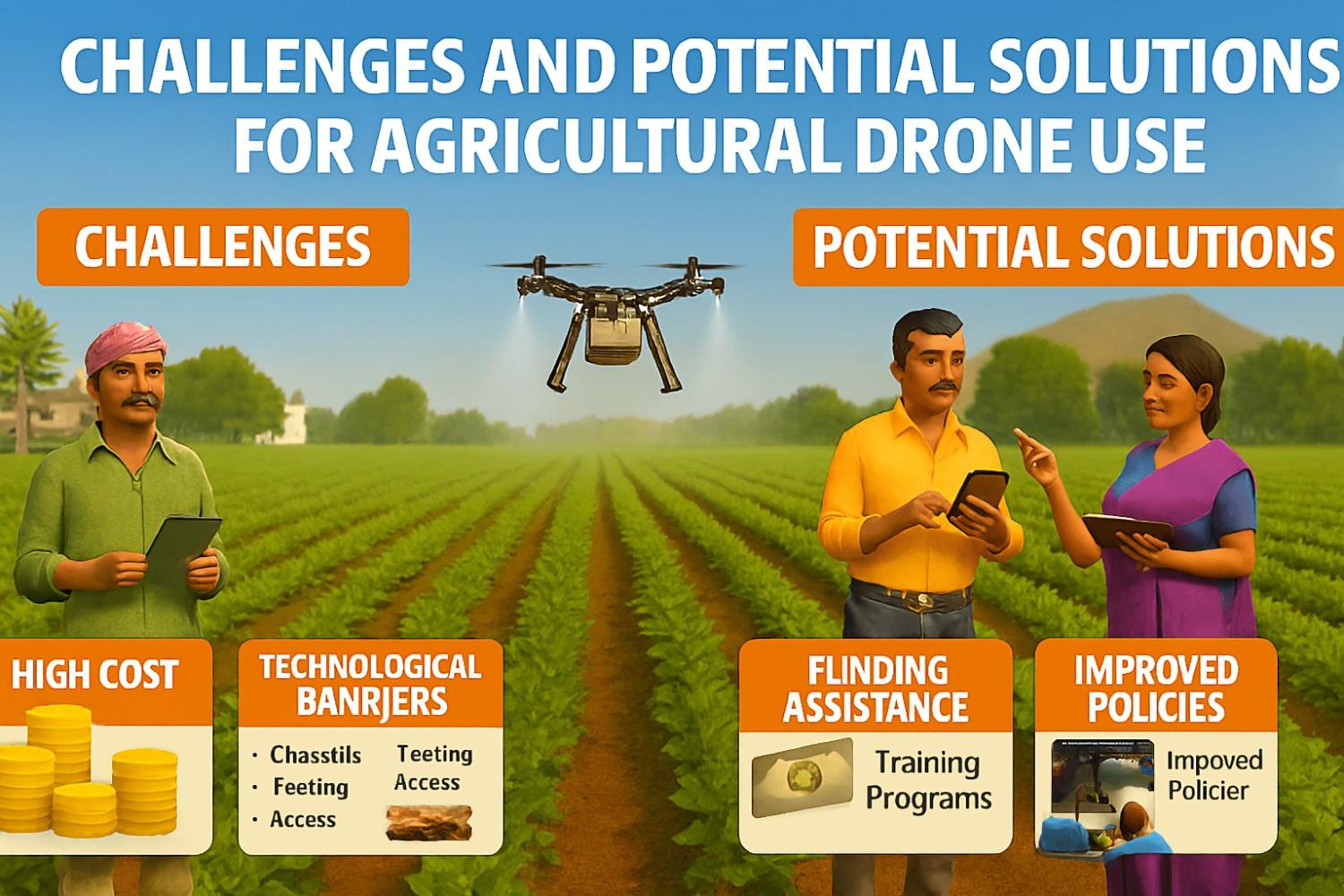
Although drone technology is very useful for farmers, there are still some challenges:
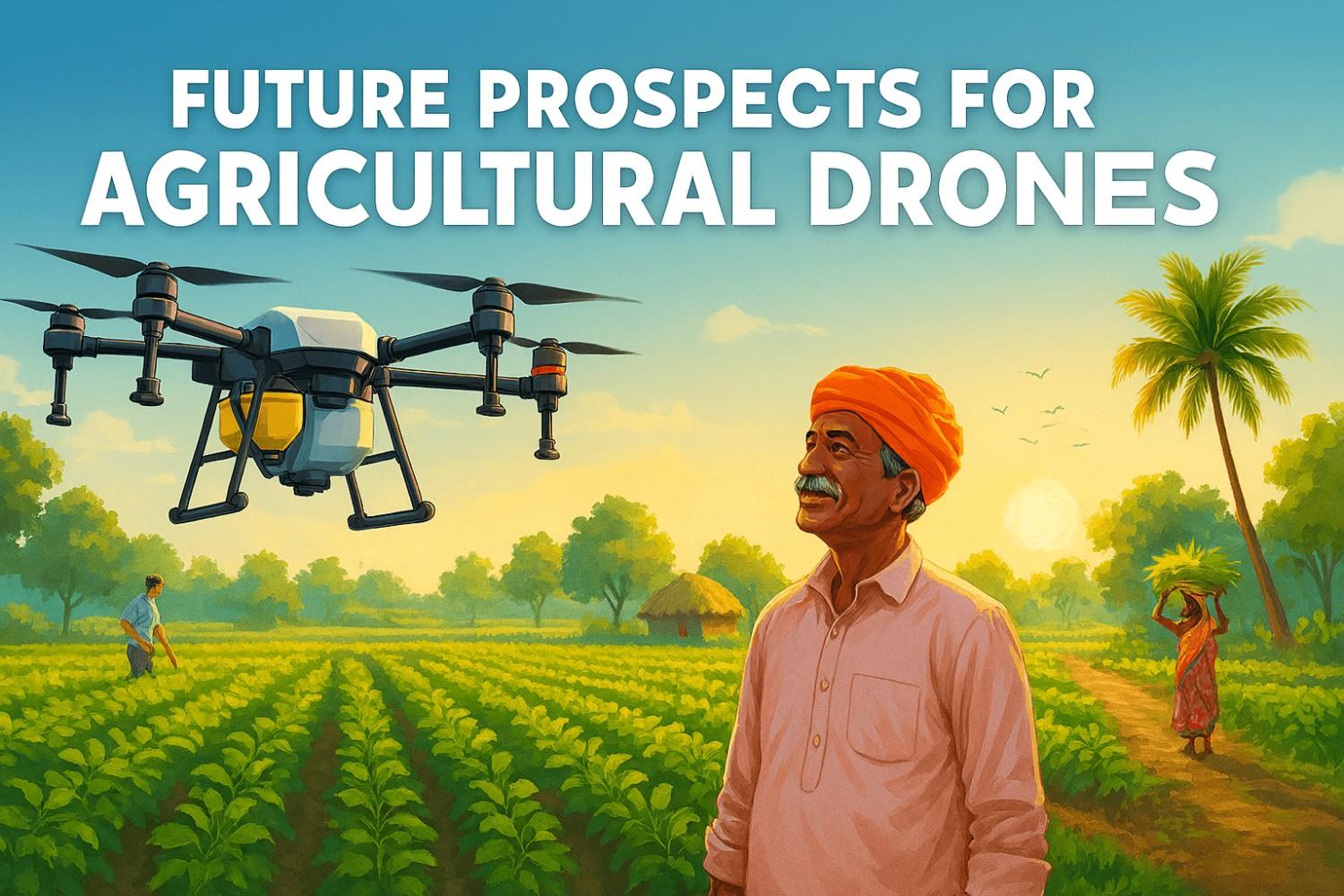
The government of India has set a goal to endorse the widespread use of drones in agriculture by 2030. Indigenous drones are being developed by several companies under the “Make in India campaign.” The Indian drone industry is expected to reach approximately 30,000 crore by 2026, with the agriculture sector contributing a share of more than 20%.
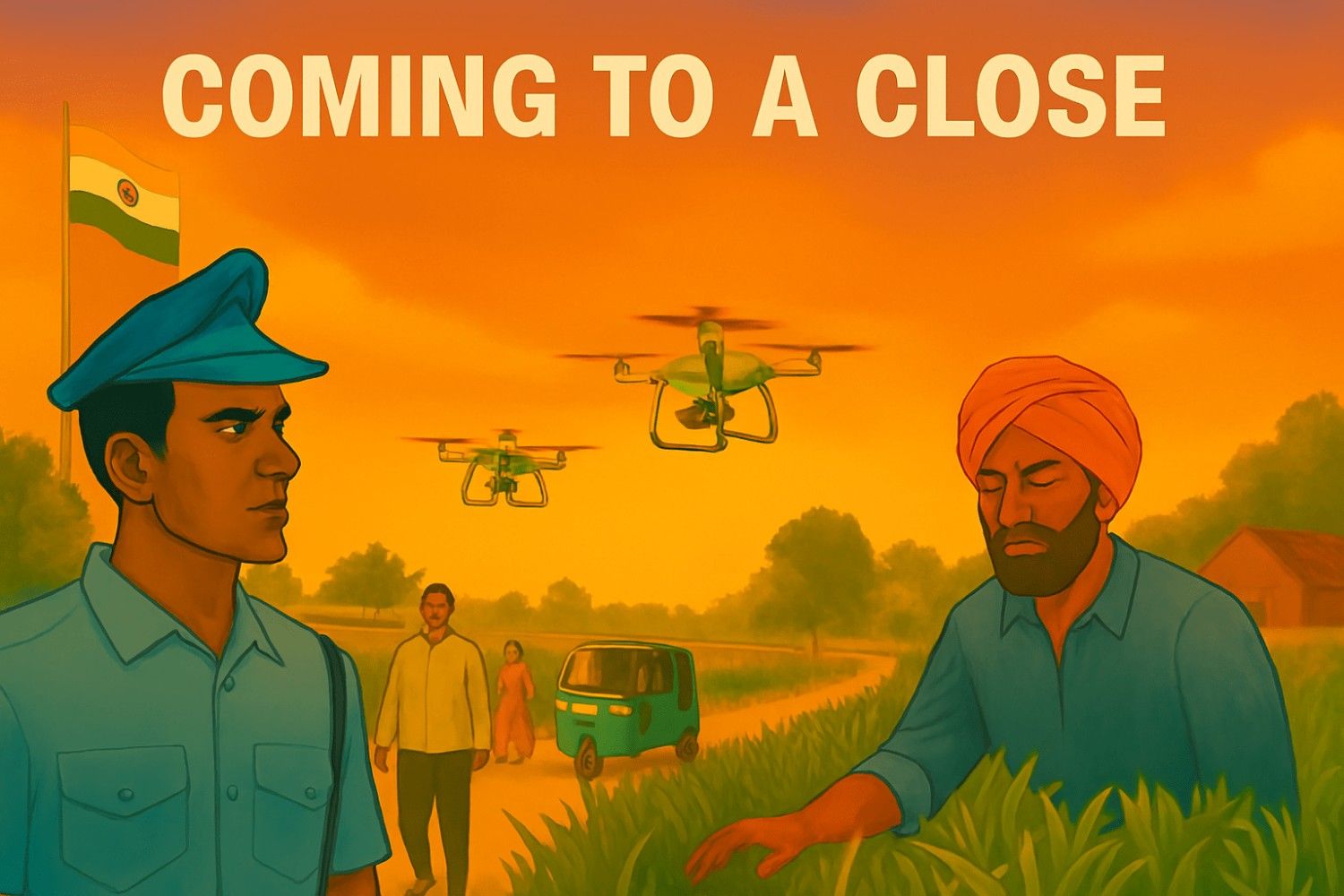
With the help of training institutes and government subsidies, drones have become accessible to farmers. If drones are used, following all the legal processes, they not only increase yields but also modernize agriculture and make it more sustainable.
If you are a farmer in rural India and want to utilize drones in agriculture, it is essential to enrol in a reputable drone training institute like Flapone Aviation. Here, you will get top-notch drone training from the best instructors and hands-on experience in operating drones.
Our experts can help assess your needs and suggest the right drone services for your industry.